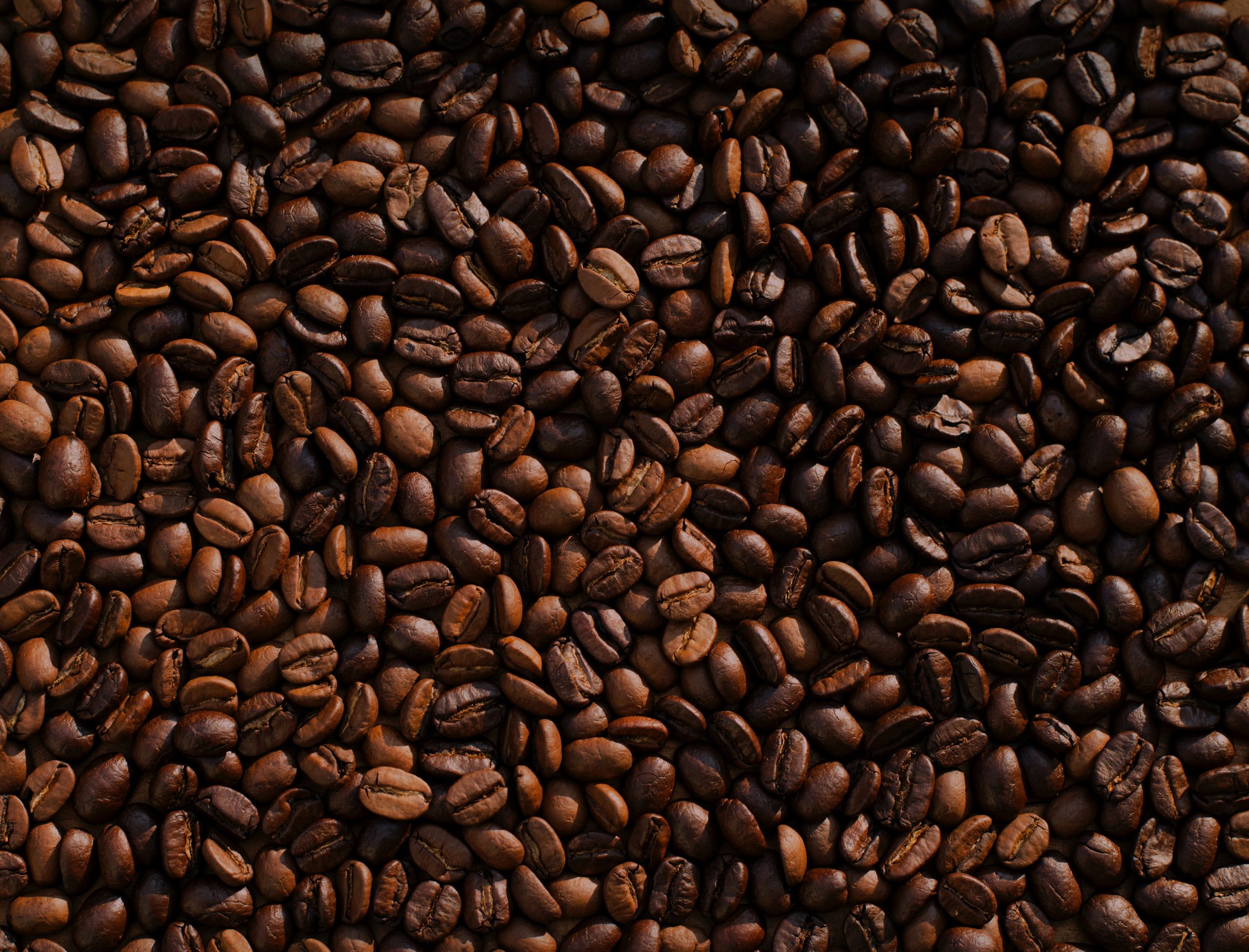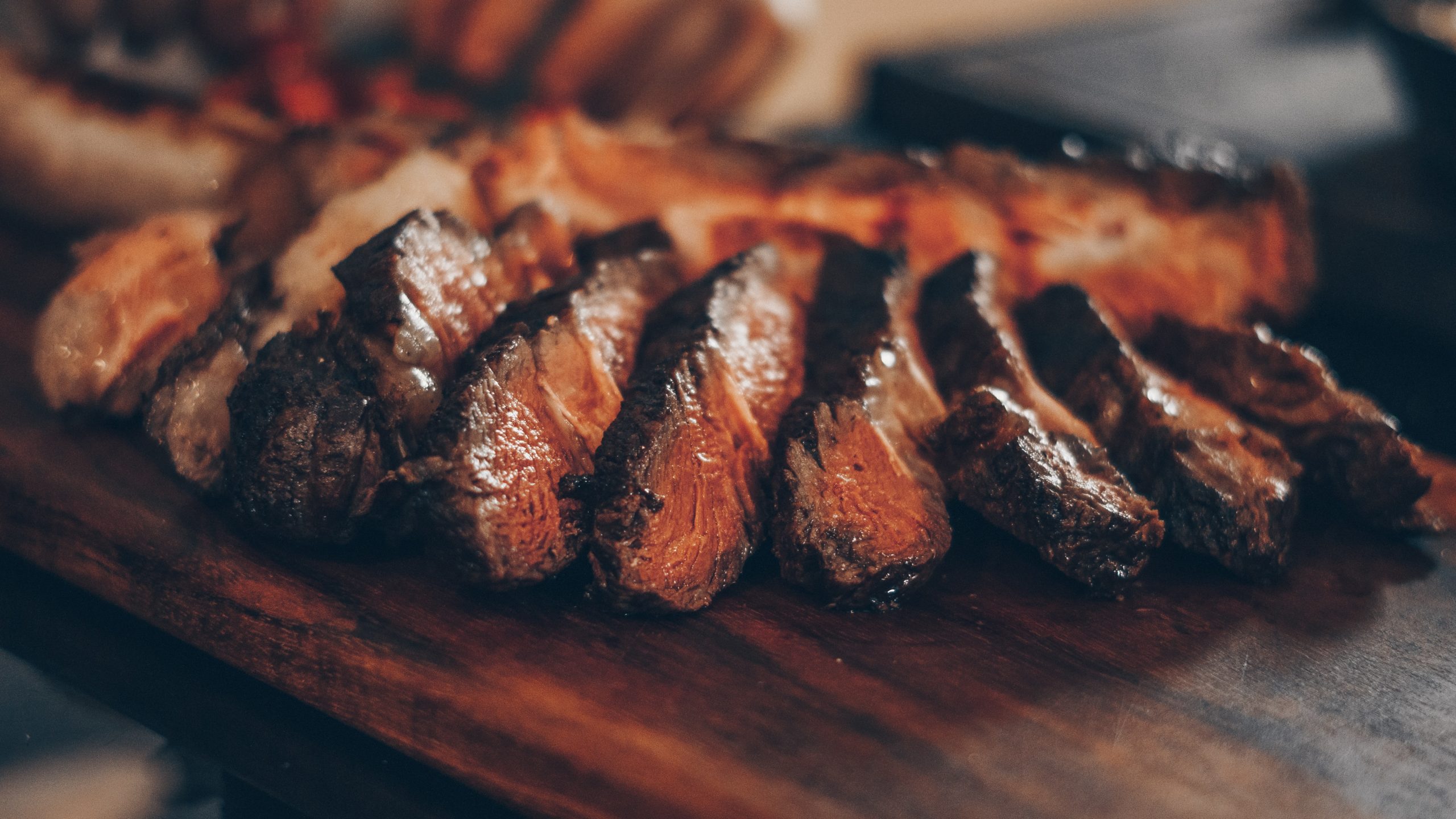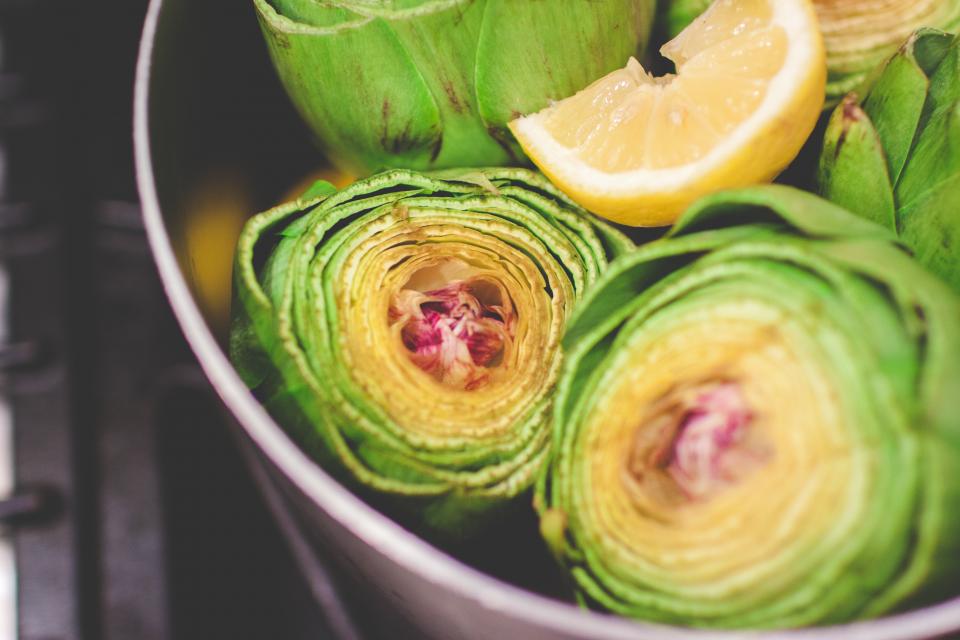Great sweet taste, delicate aroma and composition full of vitamins – it is not surprising that peach is very popular. This fruit satisfies hunger and thirst. And it also has many properties useful for the body.
The homeland of peaches is not at all Persia, as one might think. The Chinese were the first to start growing tasty fruits. The inhabitants of the Celestial Empire believed that they had truly magical properties. In China, the fruit has become a symbol of immortality. And from there he got to Europe and the Far East. When the plant was brought to Persia, the locals gave it the name “Prunus Persica”. It translates into Russian as “Persian plum”. After all, some varieties of fruit really resemble a plum a little. This name stuck with him, and his popularity grew rapidly.
Deciduous peach trees are now the third most planted area in the world, slightly behind apples and pears. But there are countries where the “Persian plum” is in the lead. For example, in Italy, a huge harvest of these fruits is harvested every year. The number of bred varieties has exceeded three thousand. They vary in size, weight, shade. But everyone has a delicious sweet pulp with a slight sourness, a pleasant smell and a very valuable composition.
Composition and nutritional value of peaches
The “Persian plum” contains vitamins necessary for health: A (carotene), B1, B2, C (ascorbic acid) and P.
In terms of nutrients, a 100-gram serving accounts for:
Proteins – 0.91 g;
Fats – 0.25 g;
Carbohydrates – 9.5 g;
Sugar – 8.4 g;
Fiber – 1.5 g;
Water – 88.8 g.
The following minerals are also present:
Potassium – 190 mg;
Phosphorus – 20 mg;
Magnesium – 9 mg;
Calcium – 6 mg.
In addition, the list includes selenium, zinc, copper. Two to four peaches can provide about a third of your daily requirement for the most important micronutrients. Most of them are in late varieties that ripen in autumn. There are no harmful trans fats and cholesterol in fruits. And their juiciness determines such a substance as pectin. The more it is, the softer and tastier the fruit will be.
Peach is not a very high-calorie fruit, it has only 39 calories. However, if it is dried, the calorie content rises to 254 kcal. And in 100 grams of candied fruits there are already 343 kcal. Therefore, it is more useful to use fresh fruits.
Why is a peach so useful
The special composition of the fruit has a positive effect on:
1. GASTROINTESTINAL TRACT
With low acidity and other similar diseases, it is indicated to use peach juice. Also, a summer treat perfectly satisfies hunger and improves digestion.
2. KIDNEYS
The diuretic effect of the plant has a good effect on these organs – it prevents the formation of sand in the kidneys and helps to remove it.
3. BONES AND JOINTS
Minerals provide the body with enough “building materials” for the joints. And vitamins are responsible for the normal metabolism in bone and cartilage tissue.
4. IMMUNE SYSTEM
By consuming sweet fruits and freshly squeezed juice, you can avoid all sorts of seasonal colds.
5. BLOOD SYSTEM
Peaches are able to bring hemoglobin levels back to normal. This is especially useful for severe stress or anemia.
6. SKIN
Peach seed oil is highly valued in cosmetology, it smoothes the epidermis and helps fight wrinkles. The extract is used in pure form or added to moisturizing creams.
How to identify ripe fruit
However, all these miraculous properties apply only to ripe fruits. Greens have no positive effect, but they can cause an upset stomach. It is believed that it is best to buy local fruits. Allegedly “overseas” are seasoned with pesticides and plucked still green. Then they ripen in boxes, the taste is lost and the composition becomes poorer. In fact, many people today resort to this method of growing for the sake of quick profits. Therefore, unripe products can also be found at a regional supplier. In order not to run into sour and tough peaches, you need to learn how to choose them correctly.
Ripe fruit is determined not by color (it depends more on the variety), but by smell. Ripe peach exudes a strong aroma. It is also quite soft. If you press on it with your finger, it will dent. A dense and firm peach will most likely turn out to be green.
A shriveled small bone indicates that the tree was actively fertilized with chemicals. And purple streaks in the pulp are signs of gum flow or chlorosis. If a tree suffers from such diseases, it is not recommended to eat its fruits. There is a risk of poisoning.
Contraindications and allergies
Like any other food, peaches can cause allergies. If, after use, the skin itches and becomes covered with rashes, then an allergic reaction has begun. And it is better to give up fruit.
You should not eat them with diarrhea or increased acidity of the stomach – because of the strong laxative effect. But with diabetes mellitus, it is not necessary to give up treats. The main thing is to monitor your blood sugar and eat just a couple of them at a time.
The peach season is about to start. Take your time and do not buy the first, obviously unripe fruits in supermarkets. Wait until the locals are on sale – juicy and sweet. This is how you get the most out of it. By the way, peaches are consumed not only fresh or in the form of dried fruits. They can be used to prepare many delicious summer snacks, salads and desserts.






